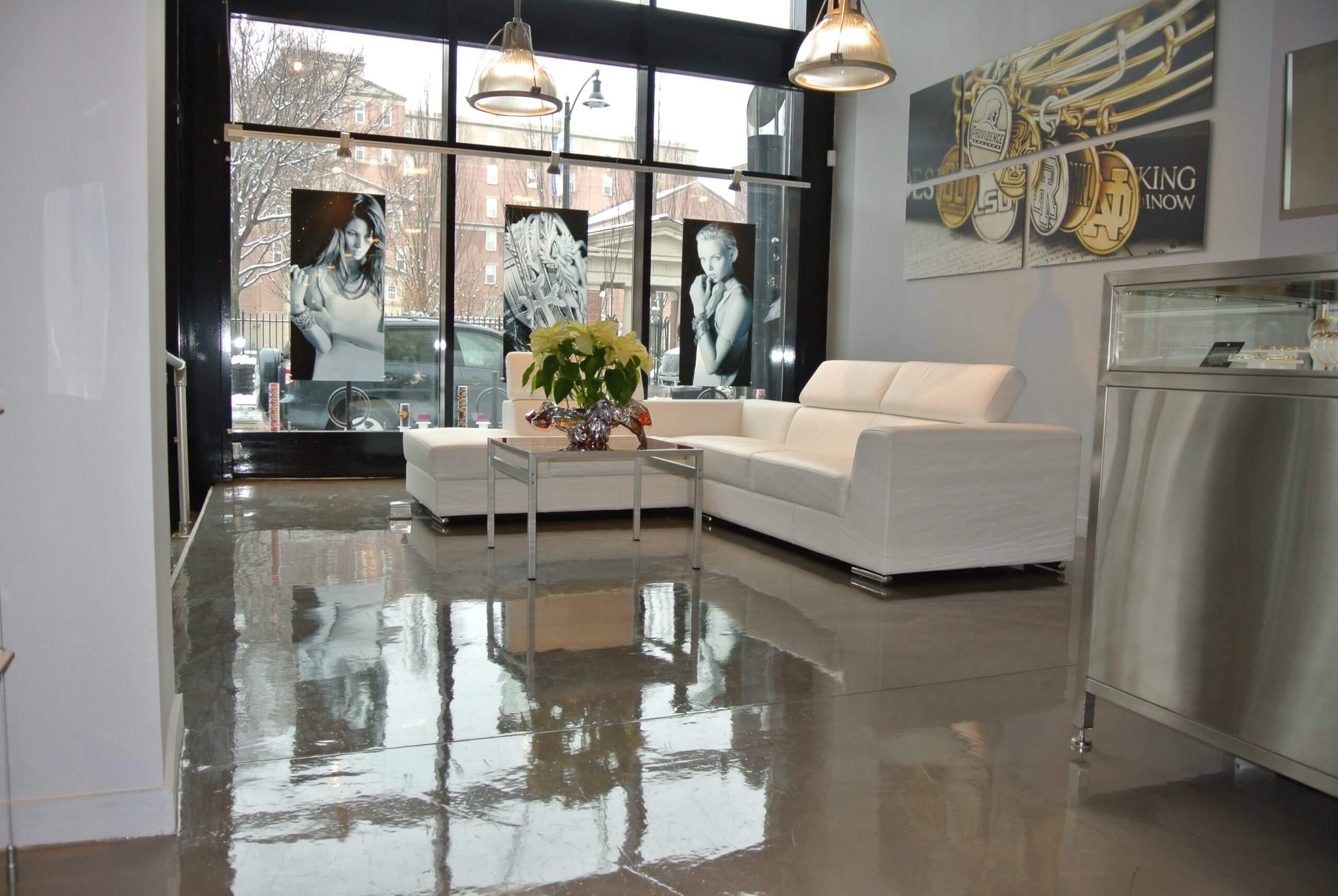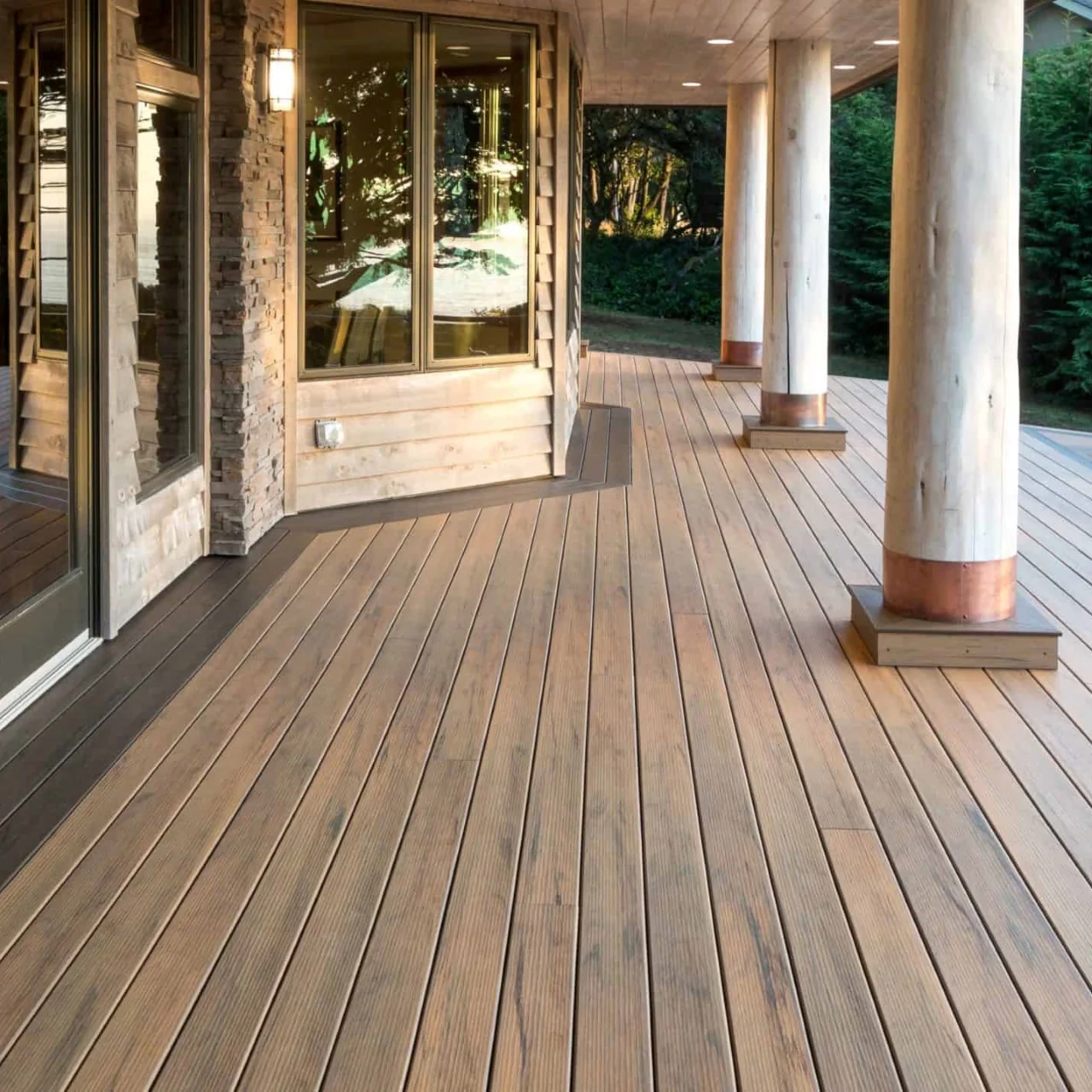- Blog
The Best Flooring Choices to Lower Your Energy Bills in Uganda
- By Fern Flooring Team
Introduction
A floor affects comfort and energy use more than most people expect. At Fern Flooring Experts we help homeowners and businesses select floors that keep interiors cool in Kampala heat and retain warmth during cooler nights.
Your choice of material and the way we install it change how much energy your home uses for heating and cooling.
Heat travels through floors, windows, walls, and roofs. In a typical Ugandan house the floor often accounts for a meaningful portion of thermal exchange, especially on ground floors and in buildings with minimal insulation. We assess room use, sun exposure, and existing subfloor conditions, then recommend a flooring system that reduces heat transfer and lowers your monthly bills.
We supply, install, and maintain every solution. Our team works with homeowners, landlords, architects, and businesses. We use local knowledge and materials suited to the climate. We speak plainly, give clear cost ranges, and show examples from Kampala and nearby towns so you know what to expect.
Which flooring types save energy and how they work?
Timber and engineered hardwood perform well where you want warmth underfoot. Wood has natural insulating properties, which reduces heat flow from a warm slab into interior spaces during evenings. We install engineered planks with proper underlay and moisture control. The result feels warmer than bare concrete and reduces your need for space heaters during cool nights.
Vinyl plank flooring imitates timber while offering lower upfront cost and simpler maintenance. With an insulated underlay vinyl helps reduce heat transfer from the ground. For rooms that get strong sun exposure during the day, a light tone vinyl reflects heat, reducing cooling loads in the afternoon.
Tiles and polished concrete perform best where heat removal is useful, for example shops and kitchens. During hot afternoons a tile floor absorbs heat, then releases it slowly after sunset. Pair tiles with shading, cross ventilation, or night cooling strategies and your cooling equipment will run less often. For mixed performance we recommend insulating the slab below tiles, which reduces heat flow during cooler nights.
Epoxy and resin floors suit warehouses and industrial spaces. These finishes offer a seamless surface with options to add insulation layers below the surface. For warehouse roofs with large thermal gains, insulated screeds below epoxy reduce duty on roof ventilation systems.

Insulation, subfloor, and underlay matter more than people expect
Selecting the right material matters, but preparatory work changes energy performance the most. A concrete slab without a moisture barrier and without insulation will pass heat quickly. We use thermal underlays, insulation boards, and damp proof membranes to cut heat flow. When we refurbish older homes we measure slab temperature and moisture, then plan the correct insulation and adhesives.
In houses with raised timber floors we check airflow beneath the joists. Proper ventilation below a suspended floor prevents heat build up and reduces humidity. For ground floor slabs we use extruded polystyrene boards or low profile insulated screeds where headroom limits options. These measures lower energy use for heating or cooling while preserving interior comfort.
Practical examples from local projects
A family home in Muyenga with large west facing windows had high afternoon temperatures. We installed light tone vinyl with insulated underlay and fitted thermal blinds. The occupants reported lower afternoon temperatures and reduced air conditioner runtime. An office block in Nakawa fitted polished concrete with insulation below the screed. Staff found the space cooler during peak hours and the building manager recorded lower daytime energy use.
Polished Concrete Flooring Uganda
Slate stone finishing
Granite Flooring Uganda
Hardwood Flooring Uganda
Top 8 related FAQs
Which flooring choice works best in a bedroom to reduce night time heating needs?
For bedrooms we prefer engineered timber or laminate over a thermal underlay. A warm floor reduces the need for space heaters during cooler nights. Engineered timber remains stable when humidity shifts, so planks do not gap or cup, preserving insulation performance over years.
We check subfloor moisture and install a moisture barrier if required. We also suggest rugs in sleeping areas for extra comfort and thermal resistance. A rug provides a simple low cost way to reduce heat loss where feet touch the floor, improving perceived warmth without energy use.
How does tile flooring affect cooling in open plan living areas?
Tiles absorb heat during the day and release it slowly after sunset. In open plan spaces with cross ventilation tiles help move heat out when windows open during late evening. We combine tiled floors with shading and ventilation to lower daytime indoor temperatures while preventing overcooling after nightfall.
For homes that use fans or split units, tiles reduce peak air conditioning load during midday. We recommend tiled floors where occupants prefer a cool touch underfoot, then add area rugs for bedrooms and lounges to balance thermal comfort.
Will adding insulation under the floor really lower my electricity bill?
Yes, installing thermal insulation below a slab or between joists reduces conductive heat flow. During hot afternoons insulation prevents heat from penetrating interior spaces. During cool nights insulation reduces heat loss to the ground, lowering demand on heating equipment.
We use measured data from similar projects to estimate energy reductions and present realistic payback figures. Insulation also reduces moisture movement, which helps preserve finishes and adhesives for longer life, reducing lifecycle costs.
What is the best flooring option for a shop or retail outlet wanting lower running costs?
Retail outlets benefit from durable tiles or polished concrete with insulation below the floor. Polished finishes reflect light and reduce lighting load, while tiles handle high foot traffic without loss of thermal performance. We advise neutral tones to reduce heat absorption in strong sun exposure.
For shops open late we suggest managing thermal gains with shading and installing insulated underlays when replacing floors during refurbishment. We offer staged works so outlets remain operational with minimal disruption.
How do you handle moisture problems before fitting an insulating underlay?
We measure slab moisture using electronic probes. If moisture exceeds acceptable limits we apply a damp proof membrane or use a moisture tolerant adhesive system. Proper moisture control prevents insulation failure and protects finishes from lifting.
Where necessary we improve drainage around foundations and recommend ventilation beneath suspended floors. We issue a remediation plan and schedule remedial work before flooring installation so your finish performs without issues.

Are eco friendly flooring and energy savings linked?
Yes, choosing sustainably sourced timber and low VOC adhesives reduces environmental impact while good insulation reduces energy use. Reclaimed timber and polished concrete reduce embodied carbon for some projects. We include lifecycle cost assessments to show long term savings and environmental benefits.
We source FSC certified timber and recommend low emission products for indoor air quality. Our maintenance plans extend product life which lowers waste and long term replacement costs.
How much extra does insulation and higher grade underlay add to a typical job?
Insulation adds material and labour costs up front, but we present a clear breakdown in our quotes so you see payback over time. For many homes an insulated underlay adds a modest percentage to total costs while reducing energy bills and improving comfort immediately.
We offer staged installation and financing options for larger works. For landlords and businesses we prepare return on investment figures based on local energy prices and realistic usage profiles.
How do I book a site visit and reserve transport for measurement day?
Contact our office by phone or WhatsApp with your project address and preferred date for a site visit. We confirm availability, then schedule an assessment within the next available slot. We bring samples and measuring equipment for a full appraisal.
If you need a vehicle to transport samples or for large site access, tell us when booking. We reserve a car and a team for measurement day after a small deposit. Payment secures the slot and our team arrives on time.
Conclusion
Choosing the right floor and installing proper insulation reduces energy use while improving comfort in Ugandan homes and businesses.
We assess every site, recommend materials suited to climate and use, and handle supply, installation, and maintenance. We show cost estimates and energy payback so you make a clear decision.
To reserve a site visit call or send a WhatsApp message with your address and preferred date. Tell us if you need a car for measurement day and we will reserve transport when you place a small deposit. We confirm timing, deliver samples, and give a clear written quote.